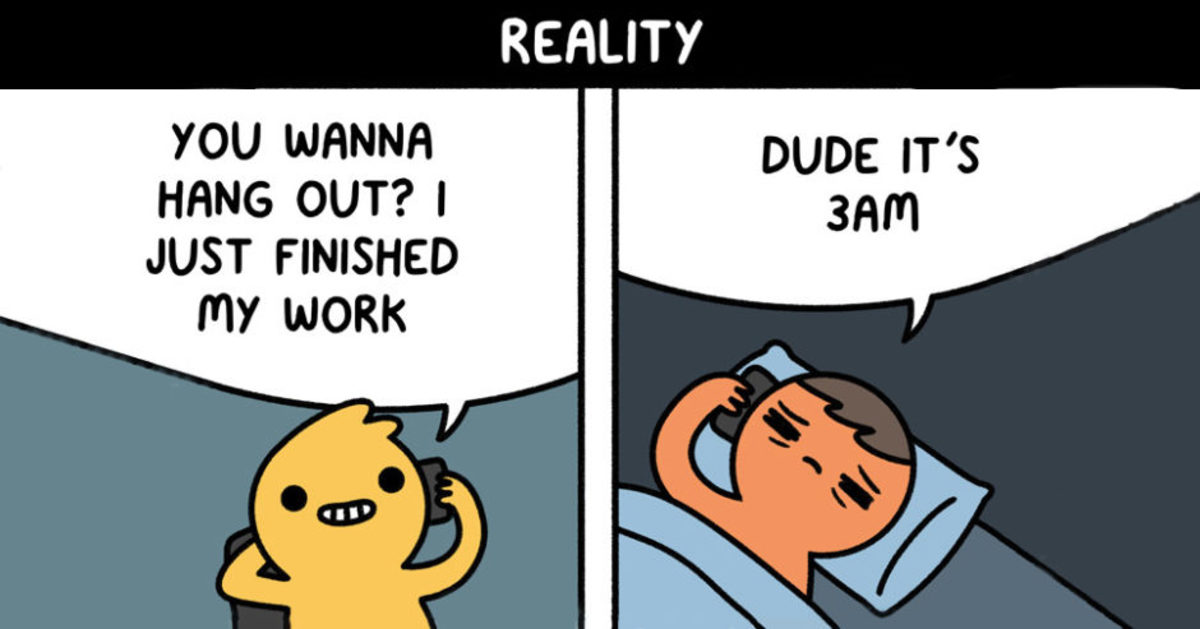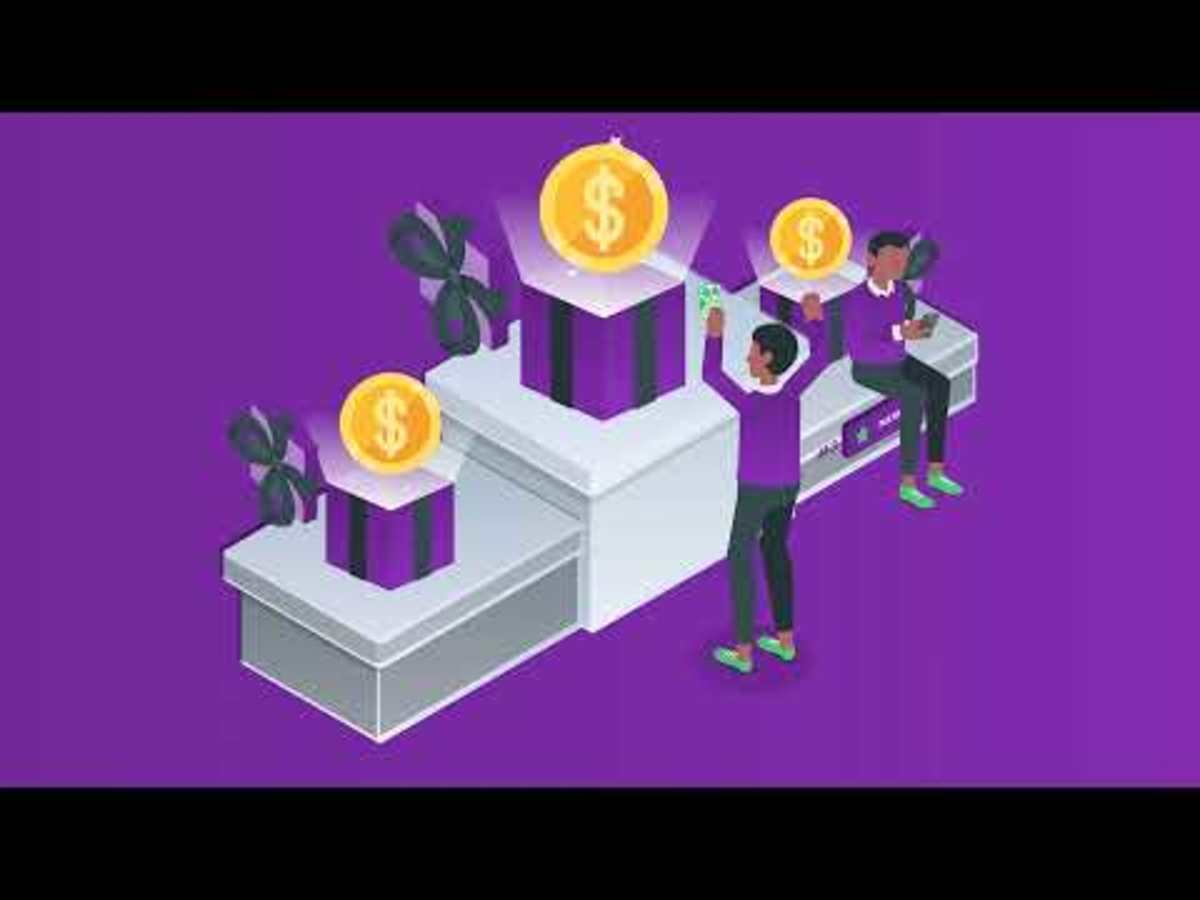How to Transition from Regular Employment to Freelancing: A Step-by-Step Guide

Transitioning to Freelancing
Are you contemplating leaving your 9-5 job and starting freelancing? Whether you’re looking for flexibility, financial independence with higher income potential, or having the freedom to choose and have more options in choosing projects, shifting from regular employment to freelancing can be exciting, challenging, and nerve-wracking. However, with careful planning and the right strategy, you can successfully transition into a freelance career that offers numerous advantages.
This guide will walk you through the key steps to ensure a smooth transition into freelancing while optimizing your chances of success.
1. Evaluate Your Skills and Market Demand
Before quitting your regular job, you have to determine what services you’ll offer as a freelancer. You need to assess your skills, experience, and interests, and then identify the services that aligns with them. The most common freelance careers include:
- Virtual assistance (administrative tasks, customer support, project management)
- Digital marketing (SEO, social media management, PPC advertising)
- Graphic design (logo design, branding, web design)
- Web development (WordPress development, UX/UI design, software development)
- Freelance writing (content writing, copywriting, SEO writing)
Conduct market research to determine the demand for your skills. Platforms like Upwork, Fiverr, Freelancer, and LinkedIn can provide insights into what clients are looking for.

2. Build a Strong Portfolio
A compelling freelance portfolio showcasing your skills and expertise could make a huge difference in starting a career in freelancing and is crucial in attracting clients. It should highlight your expertise and demonstrate why clients should hire you. You can do this by:
- Creating sample work if no prior experience
- Collating and showcasing your best projects on a website or portfolio platform like Behance or Dribbble
- Gathering testimonials from past employers to establish credibility
3. Build Your Personal Brand and Create Online Presence
Freelancers need a strong brand and online presence to attract clients. Create a portfolio showcasing your best works and projects, with previous clients’ testimonials. Optimize your page for SEO by incorporating relevant keywords like “hire a freelancer”, “remote work”, and “freelance services”. Maintain and optimize your profiles on LinkedIn, Upwork, and other websites that allow you to connect and work with clients.

Your brand is what people say about you when you’re not in the room.
— Jeff Bezos4. Start Freelancing as a Side Hustle
If you’re a breadwinner and losing your source of income is absolutely not an option, instead of quitting your 9-5 job immediately, try freelancing as a side hustle. Doing this will help you gain experience and build a client base, test different strategies for offerings and pricing, and overall just test the waters and understand freelance work without financial stress.
Look for freelance gigs on hundreds of online job platforms. These platforms offer remote job opportunities for beginners and experienced freelancers alike.
U.S. Side Hustle Statistics - Survey Results | Self Financial
45% of working Americans currently have a side hustle. 30% of those with a side hustle said they need the extra money to cover basic costs. 19.1% of side hustlers report that they make more than $1,000 a month. Most side hustlers spend 5-10 hours per week on their business.

6. Prepare and Manage Your Finances
One of the challenges of freelancing is income stability. Before jumping in and transitioning full-time, you need to:
- Save at least 6 months’ worth of living expenses to cover initial income fluctuations.
- Research the rates and make sure your pricing is competitive.
- Create several income streams by working with multiple clients.
- Track your income and expenses.
- Understand taxes for freelancers and consult with professionals if needed
The price of anything is the amount of life you exchange for it.
— Henry David Thoreau5. Set Up Your Freelance Business
Freelancing is a business, and you need to treat it as one. Like it or not, as you start, you are a one-man team. You need to follow the steps for starting and registering a business based on the local government's requirements. Below are some steps to follow:
- Choosing a business name and registering it as needed.
- Setting up a business bank account.
- Establishing your offering packages and pricing.
- Creating an invoice and a contract template

7. Network and Find Clients
Unlike being employed in a traditional job where things are stable, freelancers must actively market their services to find clients. Here are some ways to secure projects:
- Leverage your network. Let former employers, colleagues, and industry connections know about your services.
- Utilize social media and join groups and discussions related to your niche.
- Email potential clients and pitch your services by sending out personalized proposals on how you can help their business.
- Join freelancing platforms that offer opportunities for freelance remote workers across various industries.
8. Stay Consistent and Keep Learning
In working as a freelance professional, your only limit is your skill. The more you learn and the more skills you master, the greater your chances of finding and retaining clients. Hence, persistence and continuous learning are encouraged in this field. Below are some things you can do to keep on improving:
- Keep updating your skills and continue learning by taking online courses. There are hundreds of free and paid courses that can be accessed via the internet.
- Seek feedback from clients for every completed project. The testimonials can be a good way to know which areas to focus on and improve. These can also be added to your resume and online job platform profiles to win more clients.

Conclusion
Moving from the traditional employment to freelancing can be one of the most rewarding shifts if you decide that it is for you. By having a well laid plan and a step-by-step direction, it is absolutely possible to create a successful and sustainable freelance career. Start small, be strategic, be open to change and face the challenge head on, and embrace the freedom of work on your own terms.








